Bella – Classics 2-Slice Wide-Slot Toaster – Stainless Steel
Bella Classics 2-Slice Toaster: Easily heat bagels and prepare toast with this 2-slice toaster, which features a 6-setting browning dial and defrost, reheat, bagel and cancel functions. The extra-wide slots and high-lift lever facilitate toast removal.
Additional information
| Function(s) | Bagel, Defrost, Reheat, Toast |
|---|---|
| Number Of Toasting Slots | 2 |

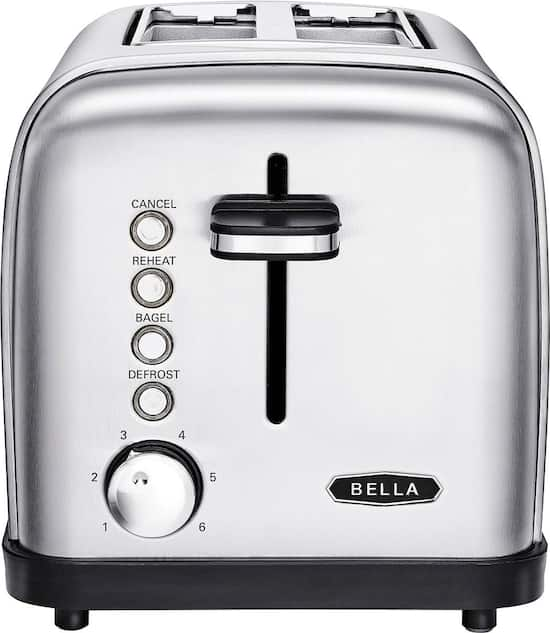
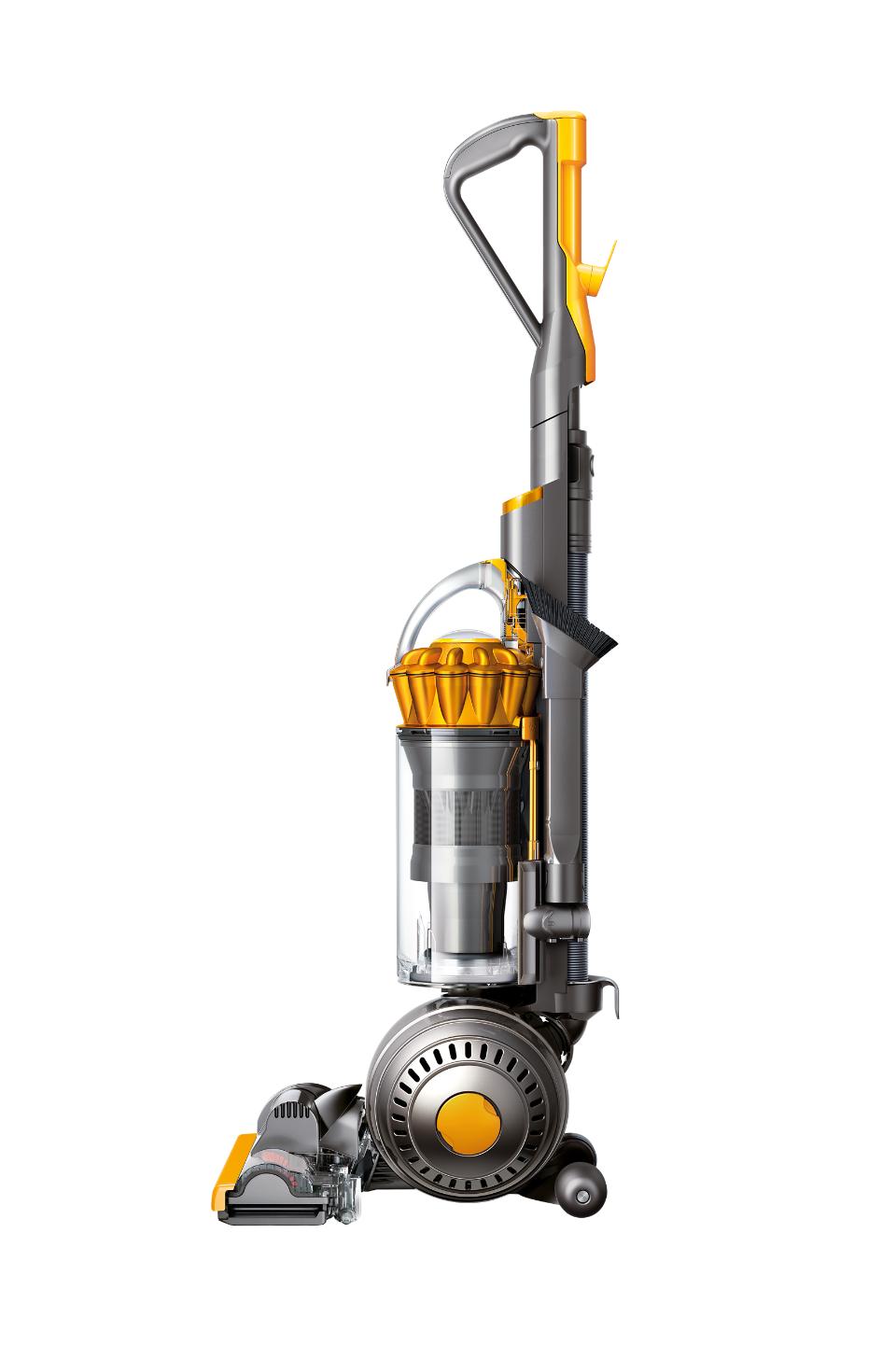
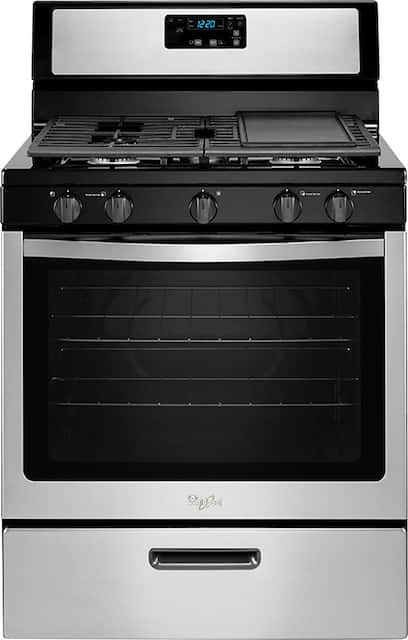
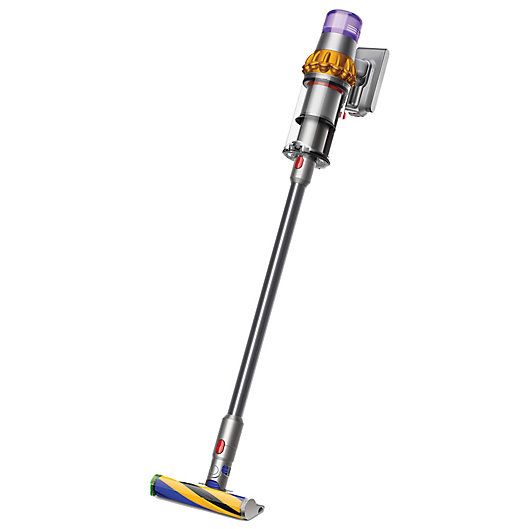



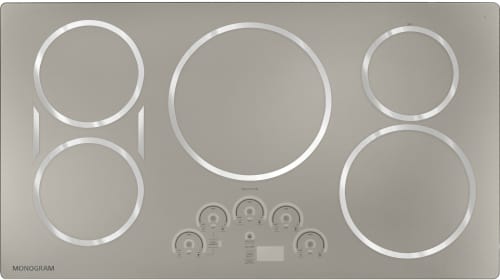
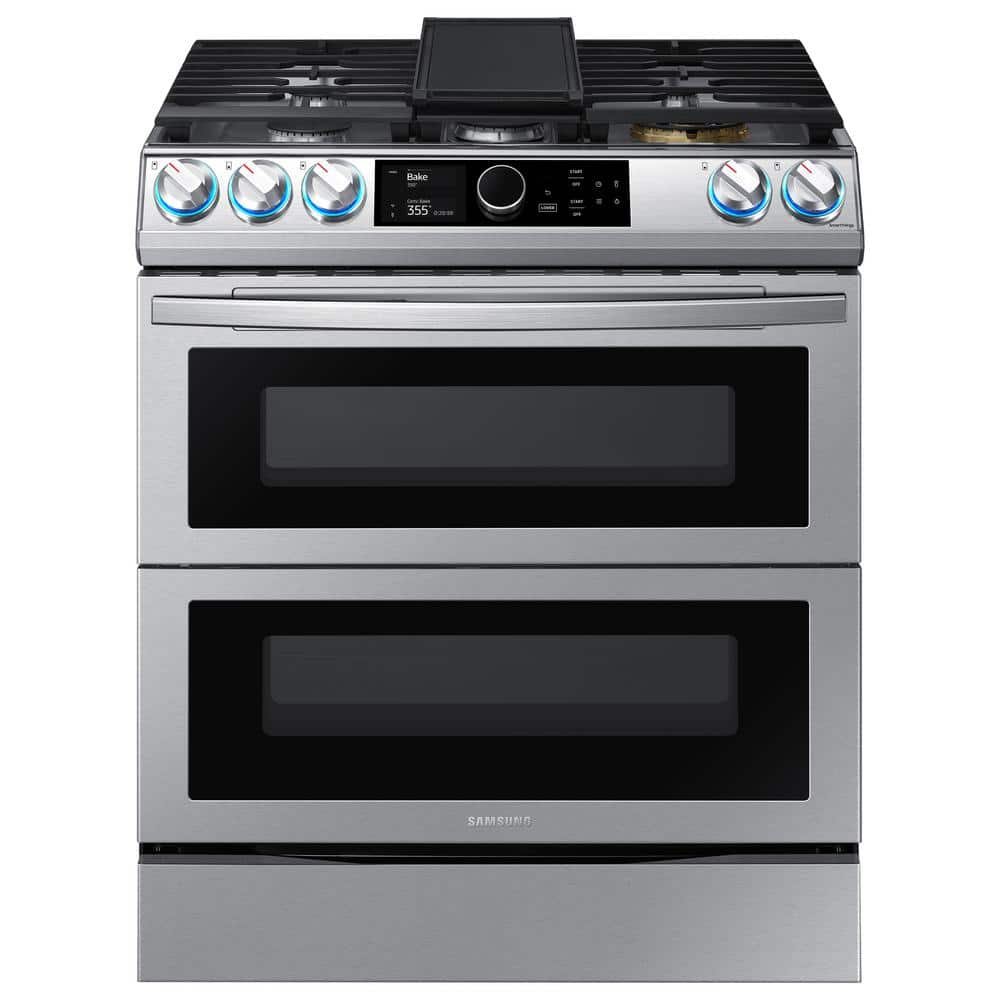
by Greg
We love it. The traditional ones never fit beagles and normally they are very expensive glad this was on sale and its a game changer for sure. REMINDER like every new heating appliance make sure we start it a few time prior to jumping in and toasting things.
by Jessi
Honestly, I haven’t used this toaster yet. My kids have & have had no complaints!
by Favre
Amazing toaster don’t regret this purchase one bit.
by Mike
Toasts well. Run it several times before actually making toast to burn off the oil manufacturing smells.
by Pondo
It is a good toaster and I have not had much issues. Sometimes it seems to burn bread faster than other times, but otherwise it works great.
by Eillas
Great little toaster. We’ve had this 2 months. Only complaint is that the button to pop the toast is a bit difficult to depress. Overall an economical buy.
by Brian
Classic industrial toaster for your daily breakfast like hotel
by Sleasy
great choices for toasting a variety of bread products